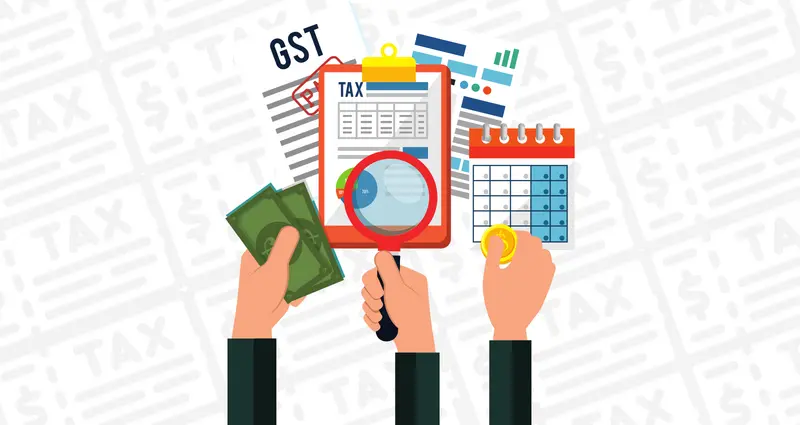Dear Team,
I’m interested in a demo of TaxInvoicePro to explore how it can streamline my business operations. Please share the details and schedule.
Looking forward to your response.
Thank you.

E-Invoice under GST is a crucial element in modernizing the invoicing process for businesses in India. The introduction of e-invoicing has streamlined GST compliance, helping reduce fraud and improve transparency. As more businesses adopt the system, understanding its rules, applicability, and limits has become essential for smooth operations.
An E-Invoice under GST refers to an electronic version of a tax invoice that must be generated through the Goods and Services Tax Network (GSTN) portal. The introduction of e-invoicing aims to digitize the entire invoicing process, which helps businesses comply with GST regulations while improving the efficiency of tax reporting. E-Invoices are electronically authenticated, making them more secure and reducing the likelihood of mistakes that can occur with manual entry.
E-Invoice under GST plays a key role in creating a paperless, efficient, and transparent system. By using e-invoicing, businesses are required to upload their invoices to the GST portal, where they are validated and then shared with the relevant authorities. This helps in making sure businesses are following the proper tax procedures and generating accurate reports for tax purposes.
E-Invoice rules under GST have been clearly defined for businesses that meet a certain turnover limit. These rules state that businesses meeting the prescribed turnover threshold are required to generate e-invoices for every taxable supply made. If the business fails to comply with the e-invoicing rules, it could face penalties and legal consequences under GST.
To ensure compliance with the e-invoice system, businesses must integrate their invoicing systems with the GST portal. This allows for real-time invoice validation and reduces errors. The e-invoice system helps both taxpayers and the government by reducing paperwork and improving the accuracy of tax reporting.
E-Invoice applicability under GST is based on the turnover of a business. As per the guidelines, businesses whose annual turnover exceeds Rs. 10 crores (as of 2023) are required to adopt e-invoicing. This ensures that larger businesses with higher transaction volumes are more accountable and transparent in their tax reporting.
However, small and medium-sized businesses with a turnover below the specified limit are not required to use e-invoices unless the threshold is revised in future notifications. As the system is gradually expanded, businesses must stay informed of any updates that may affect their GST filing requirements. E-invoice applicability is expected to expand as the government moves toward a more digitalized tax system.
The turnover limit is one of the most important factors in determining which businesses must comply with e-invoicing. Businesses with a turnover exceeding the specified threshold are required to implement the system, which can help improve tax monitoring and simplify compliance.
As of the latest updates, businesses with a turnover exceeding Rs. 10 crores are required to adopt e-invoicing. This turnover limit ensures that the system is implemented for businesses with significant transactions, which helps the government in minimizing tax evasion. With a fully digitized invoicing system, businesses will experience smoother and faster tax filing, while ensuring greater transparency and accuracy in their records.
E-Invoice under GST has revolutionized the way businesses operate by ensuring better tax compliance, reducing paperwork, and minimizing fraud. By adopting the e-invoice system, businesses can enjoy a streamlined process for GST filing and reduce the risk of errors in tax reporting. Understanding the e-invoice rules, applicability, and turnover limits will help businesses stay compliant with the evolving tax landscape in India. Businesses meeting the turnover threshold must ensure they implement the system to avoid penalties and improve their tax compliance.